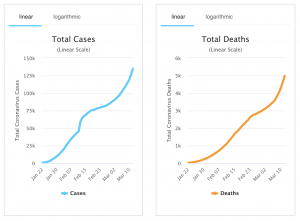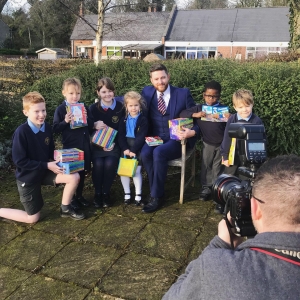THE NORTH WEST PR AGENCY
This week were excited to see our profile piece appear on Prolific North as a leading North West PR agency. Although based in Cheshire, Source PR has increased its presence across the North West and is delighted to be profiled in this way.
Award winning Source PR, established more than 10 years ago, has grown year on year and is now regarded as one of the leading PR, marketing and digital agencies in Chester, Cheshire and the whole of the North West.
The great work undertaken by the team, covering all services including social media management, B2B PR, consumer PR, design and digital communications have all been recognised by clients with some excellent endorsements achieved across the board.
The team is also recognised for the work it has done in both helping with crisis communications, stakeholder engagement strategies as well as supporting rural businesses raise their profile and develop effective marketing strategies that build credibility and deliver customer engagement.
The North West PR Agency is also well placed to provide specialist communication support for businesses looking to secure planning permissions or help with their broader stakeholder communications. With experience of working in the property and construction sectors for decades, Source PR is uniquely placed to help businesses with a broad range of communications challenges and issues.
Most recently, Managing Director Louis Hill was asked by the national media to comment on the government’s Covid-19 communications strategies. His comments were widely picked up in the national media including the Daily Telegraph, Daily Mail as well as The Metro. This kind of media coverage is often achieved for the North West PR Agency’s clients – resulting in Source PR often being nominated and receiving numerous awards.
The team at Source PR comes from a wide variety of backgrounds including those with proven PR skills, journalist backgrounds or specialist social media / digital agencies. The team is now responsible for communicating with more than a million customers on a weekly basis for its clients located across the UK.
Earlier this year, the North West PR agency has also secured it’s first international client, helping one of Europe’s leading manufacturing businesses extend its presence in the UK and to raise its profile, credibility and to share the excellent work it does with new and existing customers.
If you would like to speak with a member of Source PR’s North West PR agency team, contact us today. We would be delighted to meet and discuss how we can help your business grow.




